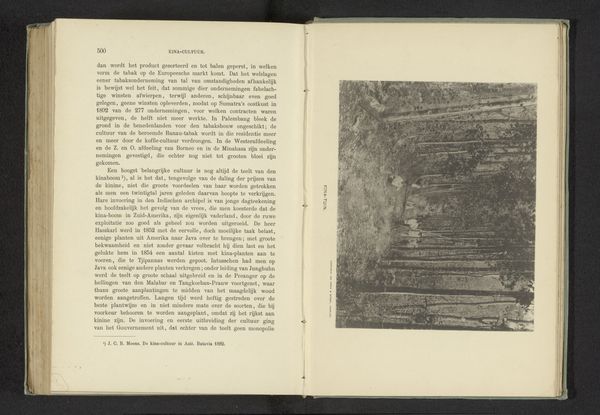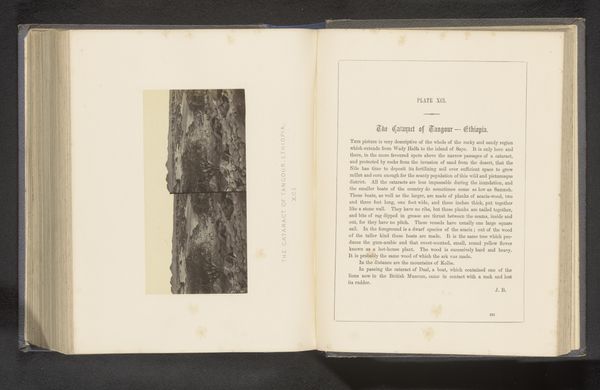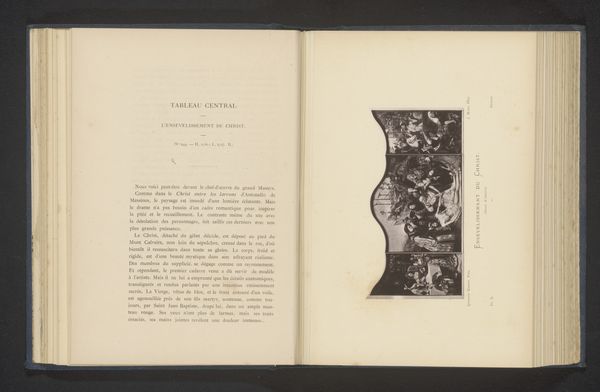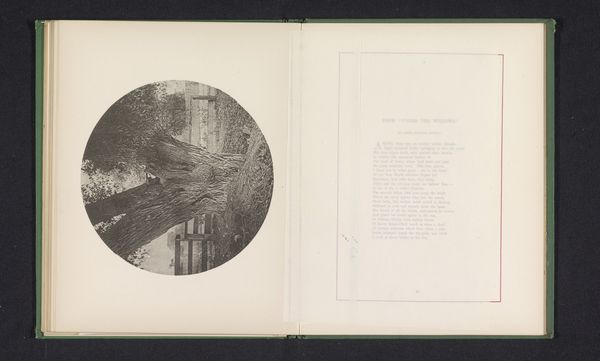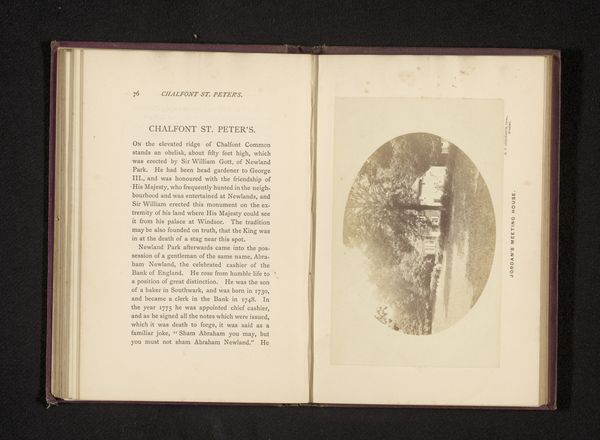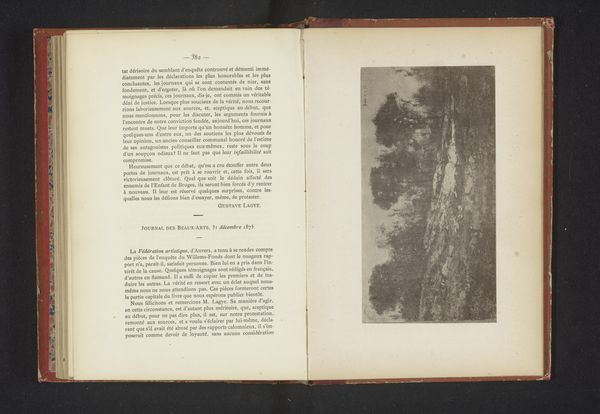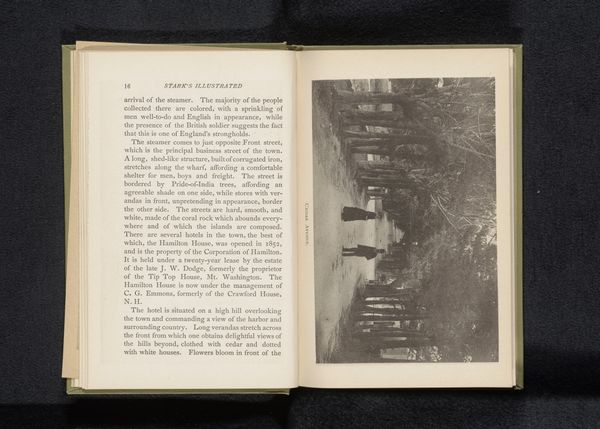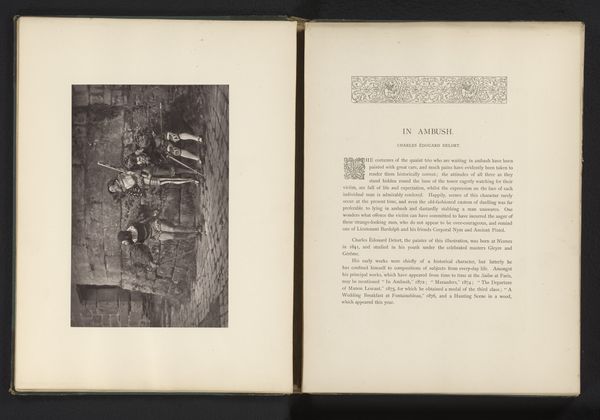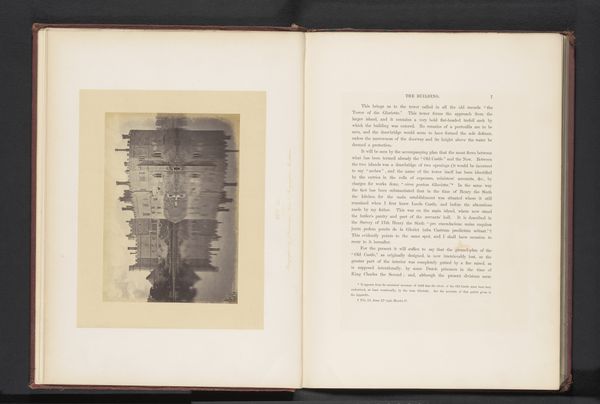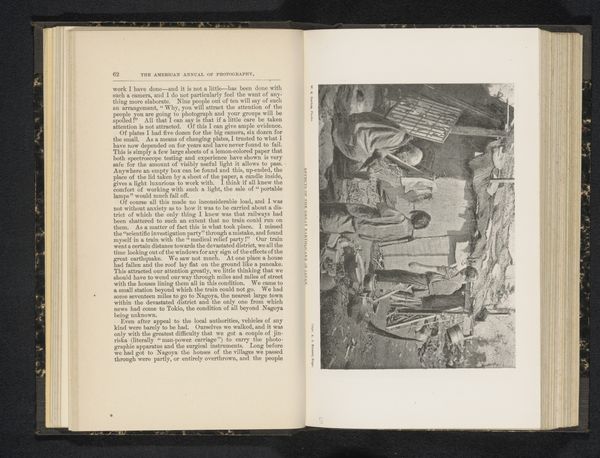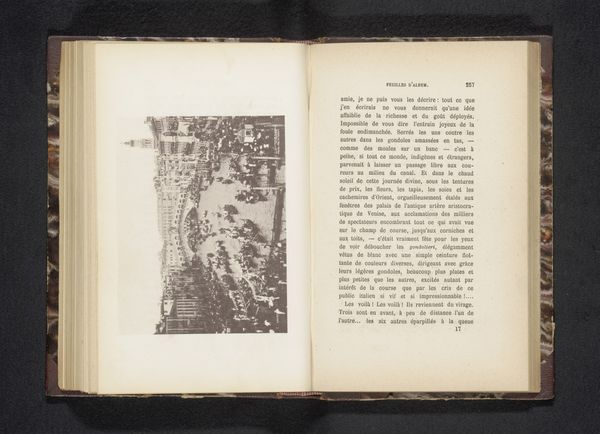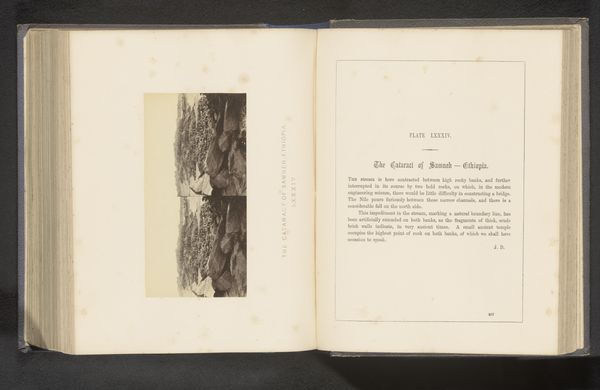
print, photography
#
medieval
# print
#
landscape
#
photography
Dimensions: height 146 mm, width 193 mm
Copyright: Rijks Museum: Open Domain
Curator: Here we see J. Laing’s "Gezicht op de ruïne van Lilleshall Abbey," dating from before 1877. It's a photographic print, part of a larger publication, depicting the ruins nestled in the English landscape. What’s your first impression? Editor: Melancholy. Utterly, poetically melancholy. It's a monochrome whisper of what once was, the ruins framed by dense foliage almost like a sigh of nature itself. There is something profoundly romantic in its ruinous condition. Curator: Indeed. Ruins, particularly of religious structures, often carry heavy symbolic weight. Lilleshall Abbey, originally an Augustinian priory, speaks to ideas of change, decay, and the inevitable passage of time. These ruins represent lost history, spirituality, and the mutability of human endeavor, no? Editor: Absolutely. You get a powerful sense of cultural memory when you see these stones worn down by centuries. One could imagine how they shaped religious thought during medieval times or reflect upon England’s historical religious shift. This abbey wasn’t simply torn down—it was actively reshaped into a different context altogether. What are we to make of this violent conversion in architectural form? Curator: Quite right. The composition itself is noteworthy. It seems as though nature is encroaching, attempting to reclaim the human element. There's a tension there. And photography at this stage was very much in its infancy—almost an archaeological endeavor to document what's slipping away. This photographic print functions as preservation as well as an image. Editor: You know, looking at the image, I keep thinking about light, how it shifts through the arches and what emotions the photographer was trying to convey. The photographer's use of light creates shadows that further suggest depth within a crumbling relic, providing it even greater drama and melancholy. In fact, shadows, as Carl Jung tells us, are simply elements within ourselves that we may wish to not reveal. Curator: That’s fascinating. Considering that shadows may reflect unspoken parts, this print captures an enduring story where the landscape reclaims not just physical spaces, but psychological terrain. These ruined forms contain stories far more compelling than their complete states may have, wouldn't you agree? Editor: Without a doubt. Thanks for unearthing even deeper reflections within the image—now I have to find Jung's reflections on architectural shadows!
Comments
No comments
Be the first to comment and join the conversation on the ultimate creative platform.

